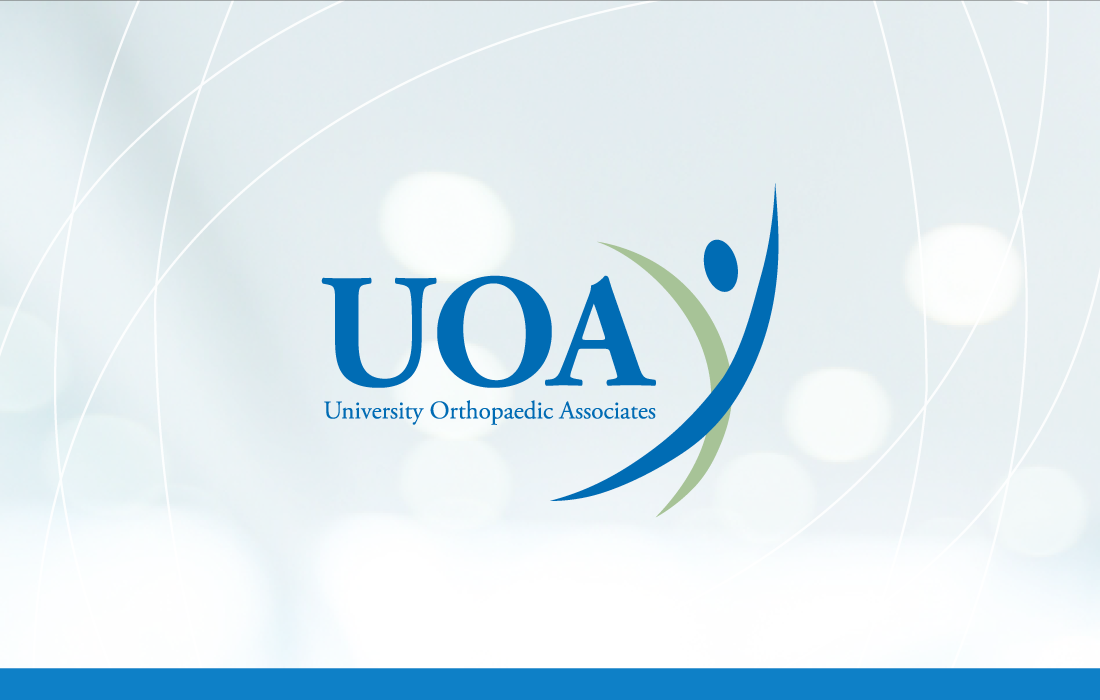83-year-old Brielle Woman Bounces Back from Total Hip Replacement

New Method Allows Patients to Recover in No Time
There was a time when the phrase ‘total hip replacement’ was an intimidating one that equated to months of painful recovery and rehabilitation. But, thanks to the new anterior hip replacement procedure, those days are quickly being relegated from reality to memory.
Elizabeth Gunning is a 83-year-old woman from Brielle, New Jersey. She had been suffering from arthritic pain in her hip for 10 years, but had been managing the nagging but tolerable pain. But one morning, the discomfort became what Elizabeth described as “the worst pain I’ve felt in my life.”
The visits to the chiropractor clearly were no longer sufficient relief for Elizabeth, so, unsure of how to proceed, she called her daughter, Beth. Beth spent some time researching possible courses of action and ended up reading review after glowing review about Doctor Kayiaros online. Elizabeth’s son took her to meet Doctor Kayiaros, and the face-to-face only confirmed what Beth had found in her research.
Elizabeth relates, “He was wonderful from the first moment we saw him. He was an unusual person in that he was honest and true and sometimes you don’t see that in surgeons. He was just a very decent person.”
Doctor Kayiaros recommended that Elizabeth undergo hip replacement surgery with his signature minimally invasive anterior approach. Traditional hip replacement surgery begins with an incision behind or to the side of the hip and approaches the hip joint by detaching muscles, which are reattached after the hip has been replaced. With the anterior method, the initial incision is on the front of the hip and proceeds to the hip between the muscles, avoiding the need to detach and reattach them. Since the muscles are not ever detached, recovery time from the surgery is cut down significantly. Additionally, the intact muscles provide support to the healing new hip joint. This support reduces the risk of dislocating the hip, a prevalent risk in the traditional hip replacement surgery healing process.
On September 24, Elizabeth went under the knife and Dr. Kayiaros successfully replaced her hip. After a typical, short recovery, Elizabeth got back into her routine. “I’m walking without a walker or a cane and I drive. I go up and down the stairs. I get my own groceries and carry the bags.”
Elizabeth could not be happier with her experience at University Orthopaedic Associates. “The people I met in his office were all lovely, everybody. Everyone was obviously well educated and knew their job. I thought I received very good care at the doctor’s and at the hospital.”
She reserved her highest praise for Dr. Kayiaros: “I really attribute all to Dr. Kayiaros. He did an admirable job.”

